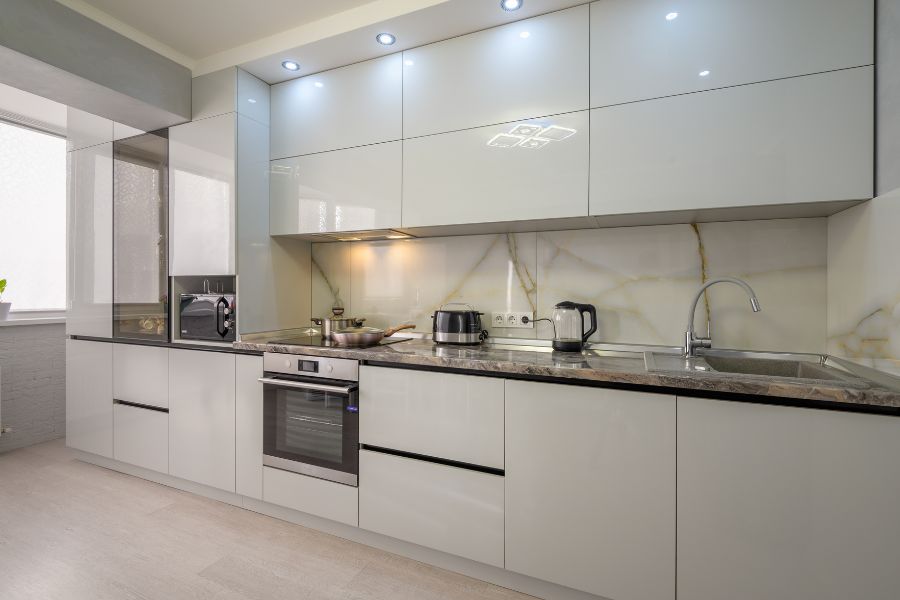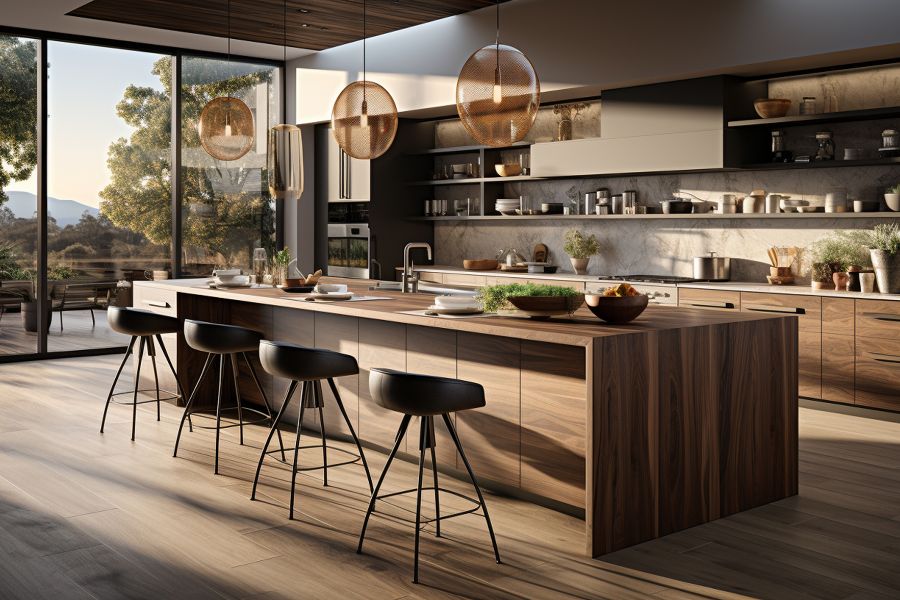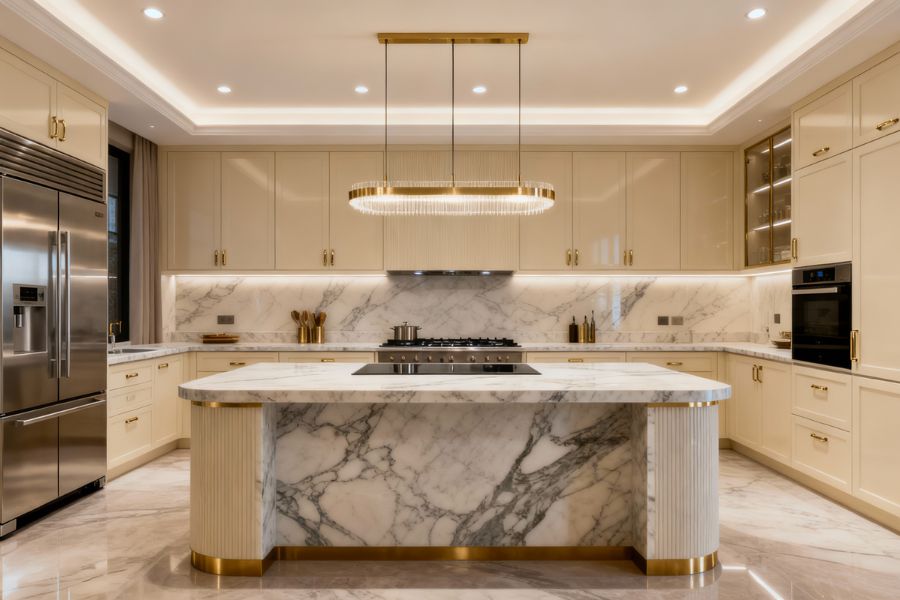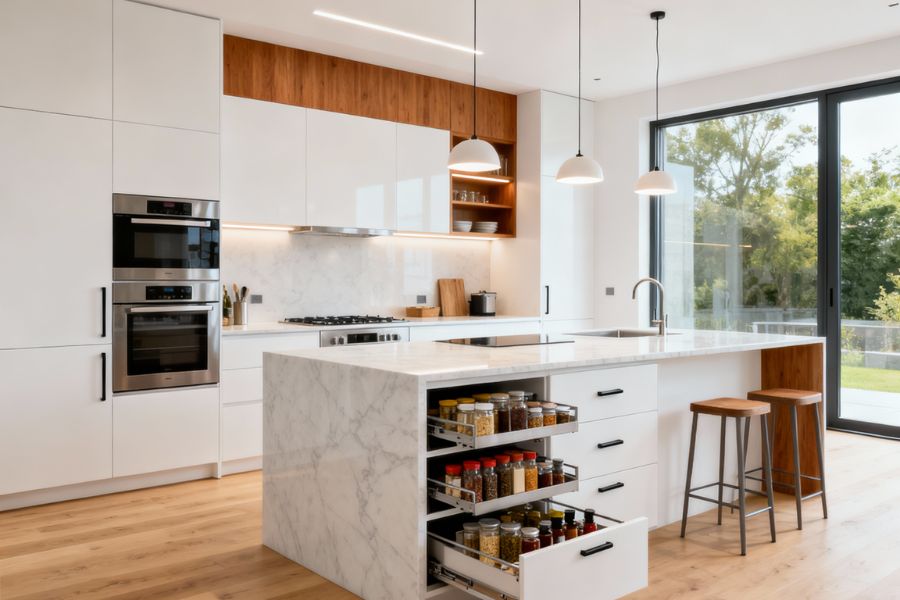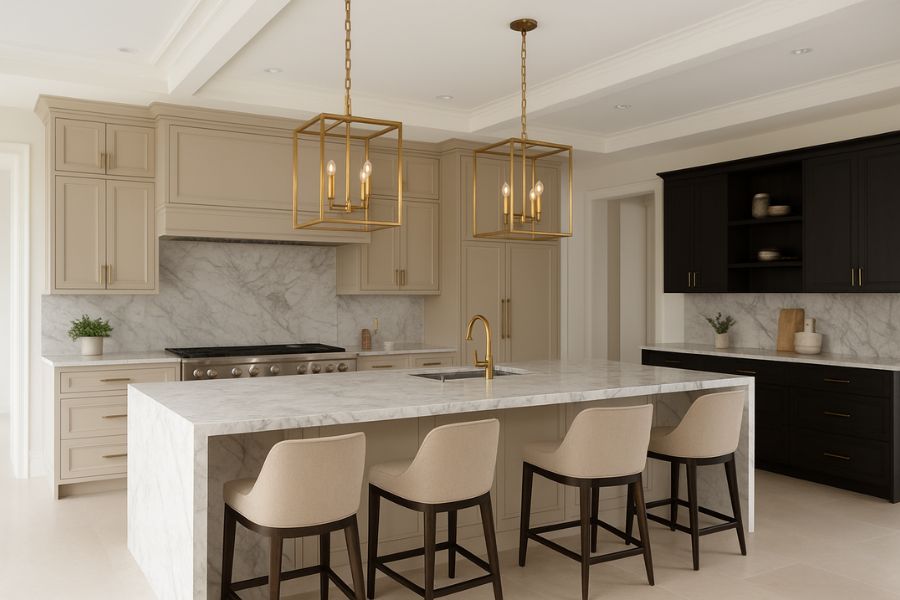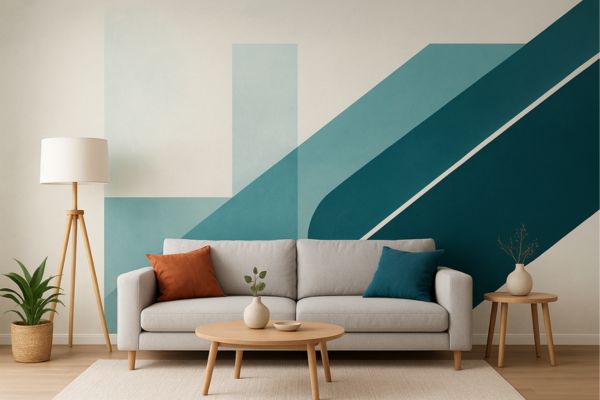Modular Kitchen Design: Avoid Costly Mistakes & Create Your Dream Space

Ever felt the initial thrill of designing your dream kitchen slowly morph into daily frustration? You’re not alone. Many homeowners embark on the journey of creating a new kitchen with immense excitement, only to find that poor planning leads to an inefficient and clumsy space. A Modular Kitchen Design offers a fantastic solution for creating a customized and organized culinary haven. However, like any design project, it comes with its own set of potential pitfalls. This blog post aims to illuminate the common mistakes people make during the planning phase of their Modular Kitchen Design, empowering you to navigate the process smoothly and create the kitchen you’ve always envisioned.
Ignoring the Kitchen Triangle
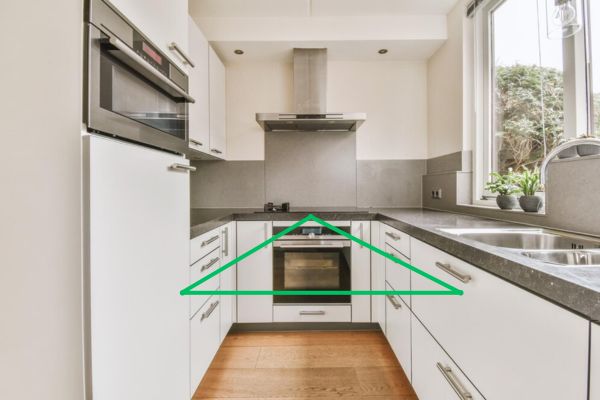
The foundation of an efficient kitchen layout lies in understanding the relationship between the primary work areas: the sink, the stove (or cooktop), and the refrigerator. Traditionally, this was known as the "kitchen triangle." The idea was to create a natural flow between these three points, minimizing unnecessary steps. In contemporary Modular Kitchen Design, this concept has evolved into the idea of distinct work zones: a cleaning zone (sink and dishwasher), a cooking zone (stove and oven), and a storage zone (refrigerator and pantry). A common mistake is placing these crucial elements too far apart, leading to tiring back-and-forth movements while preparing meals. Conversely, cramming them too close can result in a cramped and unsafe workspace in your Modular Kitchen Design. Thoughtful placement ensures a seamless workflow and enhances efficiency in your daily kitchen tasks.
Skimping on Storage Solutions
One of the biggest regrets for many homeowners with a new Modular Kitchen Design is the lack of adequate storage. It’s easy to underestimate just how much stuff accumulates in a kitchen! Failing to incorporate sufficient cabinet space is a frequent error. Moreover, neglecting specialized organizers like pull-out drawers for pots and pans, tandem drawers for groceries, and effective use of vertical space with tall units can lead to a cluttered and disorganized kitchen. A well-planned Modular Kitchen Design prioritizes maximizing every inch of available space with smart storage solutions, ensuring a clutter-free and easily navigable environment.
Poor Lighting Choices
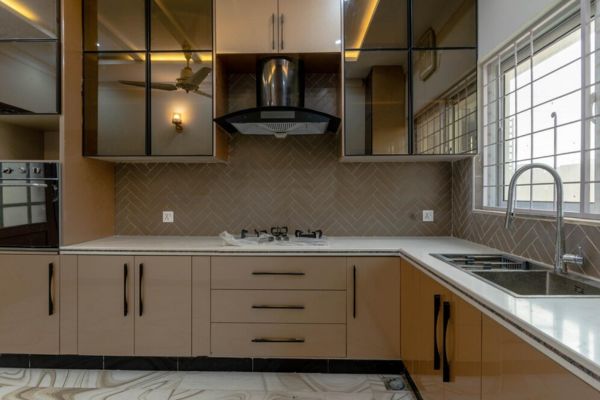
Lighting plays a pivotal role in both the functionality and the ambiance of your kitchen. A common mistake in Modular Kitchen Design is relying solely on a single overhead light fixture. While this provides general illumination, it often casts shadows on countertops and cooking surfaces, making tasks difficult and potentially dangerous. Effective kitchen lighting is layered. Ambient lighting provides overall illumination, task lighting focuses on specific work areas like countertops and the stovetop, and accent lighting highlights architectural features or decorative elements in your Modular Kitchen Design. Neglecting task lighting, especially, can significantly hinder your ability to perform kitchen tasks comfortably and safely. Incorporating under-cabinet lights, spotlights, and pendant lights can transform both the practicality and the aesthetic appeal of your Modular Kitchen Design.
Overlooking Ventilation
Proper ventilation is often an afterthought, but it's a critical component of a comfortable and healthy kitchen environment, especially in a sealed Modular Kitchen Design. The mistake of overlooking a good chimney or exhaust fan can lead to a host of problems. Lingering cooking odors can permeate your home, grease and grime can accumulate on surfaces, and poor air quality can even pose health risks. When planning your Modular Kitchen Design, carefully consider the type and size of the ventilation system that best suits your cooking habits and the size of your kitchen. A powerful and efficient chimney or exhaust fan will effectively remove smoke, steam, and odors, ensuring a clean and pleasant cooking experience in your Modular Kitchen Design.
Neglecting Material and Finish Considerations
A visually appealing Modular Kitchen Design is desirable, but choosing materials and finishes solely based on aesthetics can be a costly mistake. Durability, maintenance requirements, and moisture resistance are equally important factors to consider. For instance, choosing a porous countertop material in a high-moisture cooking environment can lead to staining and bacterial growth. Similarly, selecting cabinet finishes that are difficult to clean or prone to chipping can quickly diminish the look and longevity of your Modular Kitchen Design. Prioritize practical and long-lasting options for countertops, cabinets, flooring, and backsplashes that can withstand the rigors of daily kitchen use while complementing your desired style in your Modular Kitchen Design.
Forgetting About the Budget
Embarking on a Modular Kitchen Design project without a clear and realistic budget is a recipe for stress and potential financial strain. A common pitfall is failing to set a budget upfront or not diligently tracking expenses throughout the process. It's crucial to prioritize your needs versus your wants and explore cost-effective alternatives where possible in your Modular Kitchen Design. Obtaining multiple quotes from different suppliers and installers is highly recommended. Additionally, it's wise to have a contingency fund to cover unexpected costs that may arise during the Modular Kitchen Design process.
Betula kitchen for your rescue
Planning a Modular Kitchen Design can feel overwhelming, but you don't have to navigate it alone. Betula Kitchen offers expert guidance and a wide range of high-quality modular kitchen solutions tailored to your specific needs and budget. Our experienced designers can help you avoid these common mistakes and create a functional and beautiful kitchen that you'll love for years to come. Contact Betula Kitchen today for a consultation and let us bring your dream Modular Kitchen Design to life.
Read More: https://www.betulakitchen.com/blog/10-smart-modular-kitchen-layouts-for-every-indian-home
Conclusion
Avoiding these common mistakes is paramount to creating a functional, efficient, and enjoyable Modular Kitchen Design. Careful planning, considering workflow, maximizing storage, implementing proper lighting and ventilation, choosing durable materials, and adhering to a realistic budget are all essential steps in the process. By being mindful of these potential pitfalls, you can ensure that your investment in a Modular Kitchen Design results in a kitchen that not only looks stunning but also enhances your daily life.
FAQs
Q1. How long does it typically take to install a modular kitchen?
The installation time for a modular kitchen can vary depending on the size and complexity of the design, but it generally ranges from a few days to a week or two after the components are ready.
Q2. What are the different types of layouts available for a modular kitchen?
Common modular kitchen layouts include L-shaped, U-shaped, straight-line, parallel (galley), and island kitchens. The best layout depends on the available space and your specific needs.
Q3. Can I customize the design and features of my modular kitchen?
One of the key benefits of a modular kitchen is its flexibility and customization options. You can choose from a wide variety of cabinet styles, finishes, countertop materials, and accessories to create a kitchen that perfectly suits your taste and requirements.
Q4. What is the average cost of a modular kitchen in Delhi?
The cost of a modular kitchen in Delhi can vary significantly based on factors such as the size of the kitchen, the materials and finishes selected, the complexity of the design, and the brand. It's best to get quotes from multiple suppliers for an accurate estimate.
Q5. How do I maintain and clean my modular kitchen to ensure its longevity?
Regular cleaning with mild soap and water is generally sufficient for most modular kitchen components. Avoid using harsh chemicals or abrasive cleaners. Promptly wipe spills to prevent staining, and ensure proper ventilation to minimize moisture buildup. Periodically check hinges and drawer slides for smooth operation.
